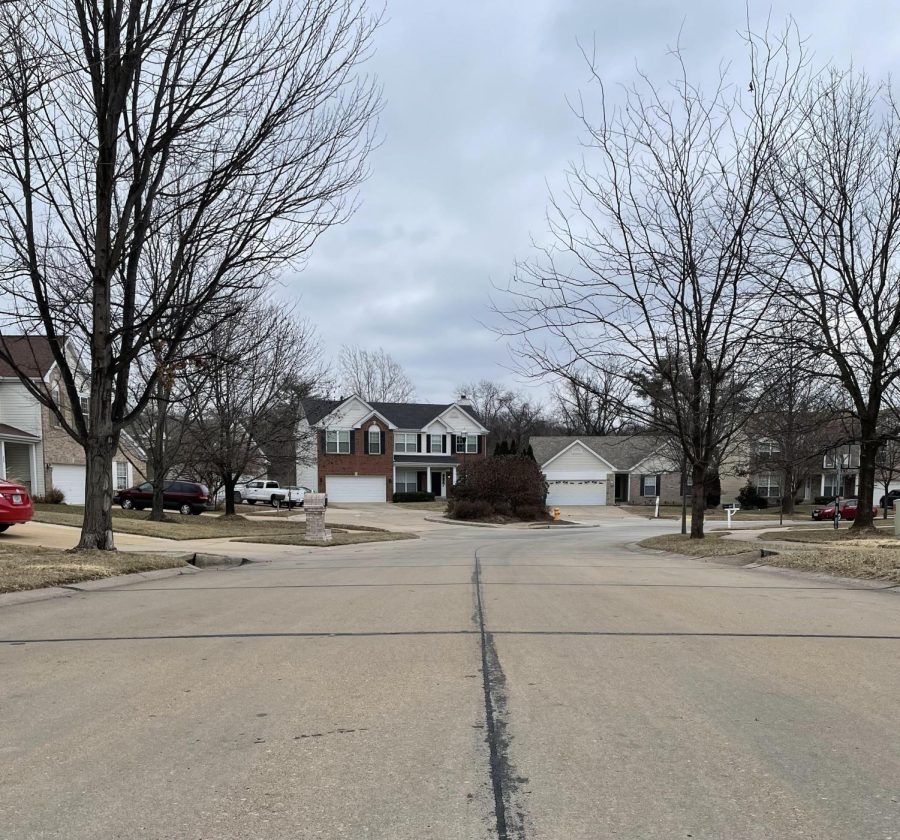Winter Fires Bring the Heat
Even without snow, keeping homes heated without caution can still cause fires. Because of the look of normalcy outside, more fire hazards go undetected when you least expect them.
March 3, 2022
On the morning of January 21, two homes in south St. Louis caught on fire, spreading down power lines and across yards. The causes were unknown and there were no injuries (fox2now.com).
In the winter months, home fires, or structural fires, are 27% more likely to happen due to electrical causes or heating sources. Around 890 people a year die of these fires because of candles with 1 out of 3 causes, Christmas lights with 1 out of 5, and half of home electrical fires are caused by electrical or heating sources (nfpa.org).
Not only is fire season lasting into the weeks of November, but with the dropping temperatures in the winter months, plugged-in heating sources are at an increase. Unattended cooking, candles, smoking, electrical lighting, dryers, washing machines, and Christmas trees are the top leading causes of fires during the winter (rockfordmutual.com).
Before leaving flames unattended, keep them away from flammable objects such as paper, cloth, or electrical wires to prevent fire. The same applies to space heaters: make sure there are no flammable objects within a 3-foot space, and make sure the heater is the only thing attached to that outlet. These heating sources also produce an increased amount of carbon monoxide, which can be a fire cause as well (nfpa.org).
Aside from fires in the home, car fires are more common during the winter months than the rest of the year. The heating features in cars can run by the flammable oils, gasoline, and plastics in cars, increasing the chance for them to overheat and catch on fire, especially with the contrast to the cold on the outside of the car (northjersey.com). That temperature difference creates mixed pressure in different parts of the car, which can stress certain features to work harder, such as car batteries, causing them to become more sensitive to fires.












